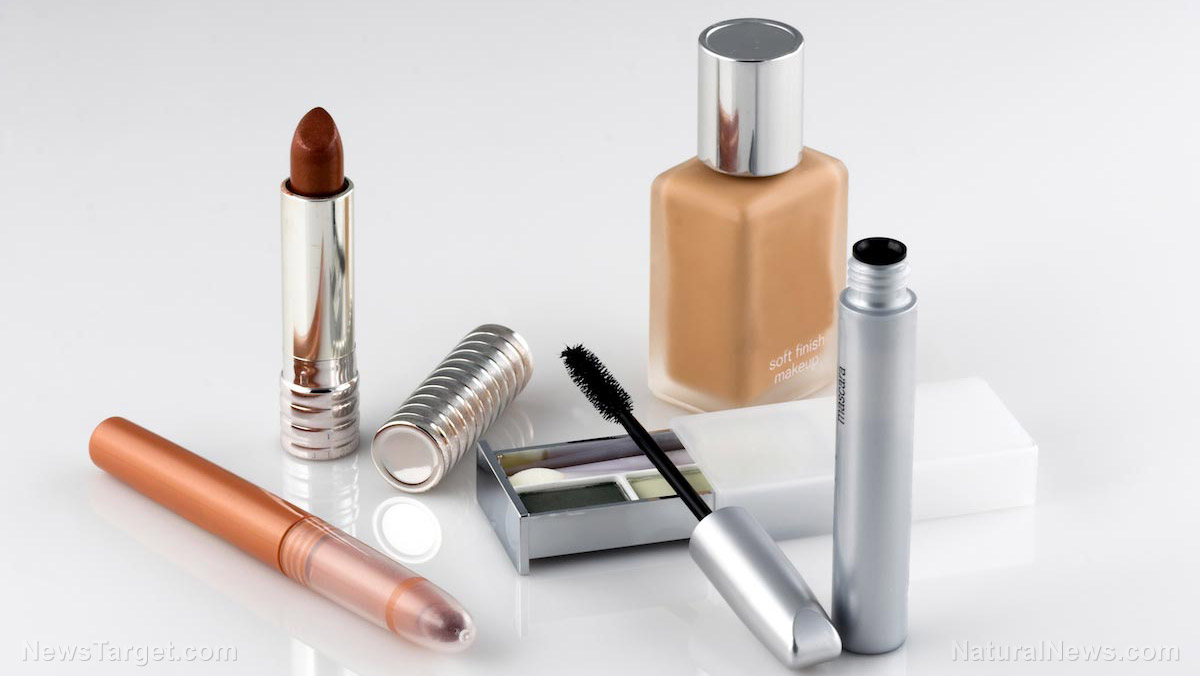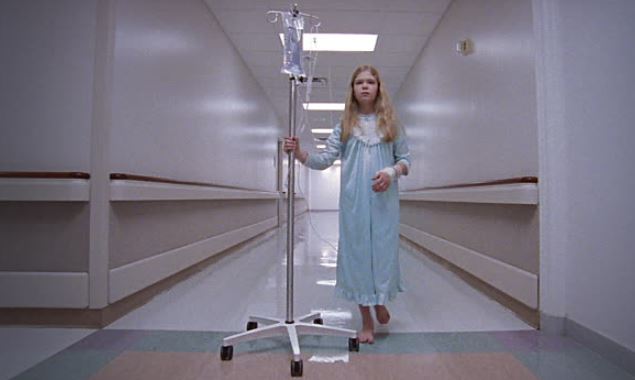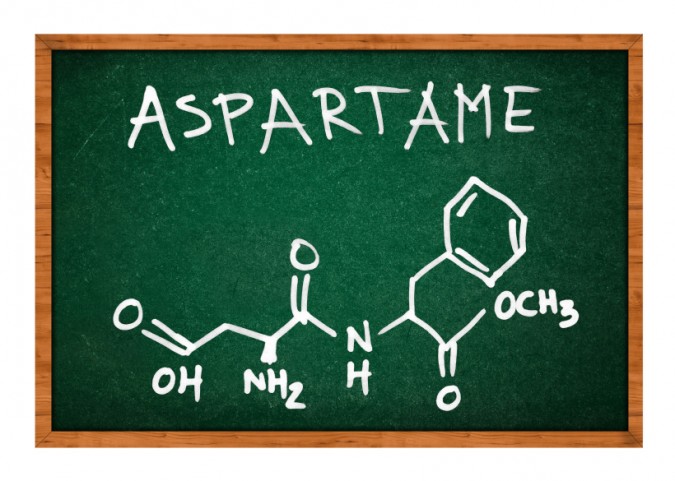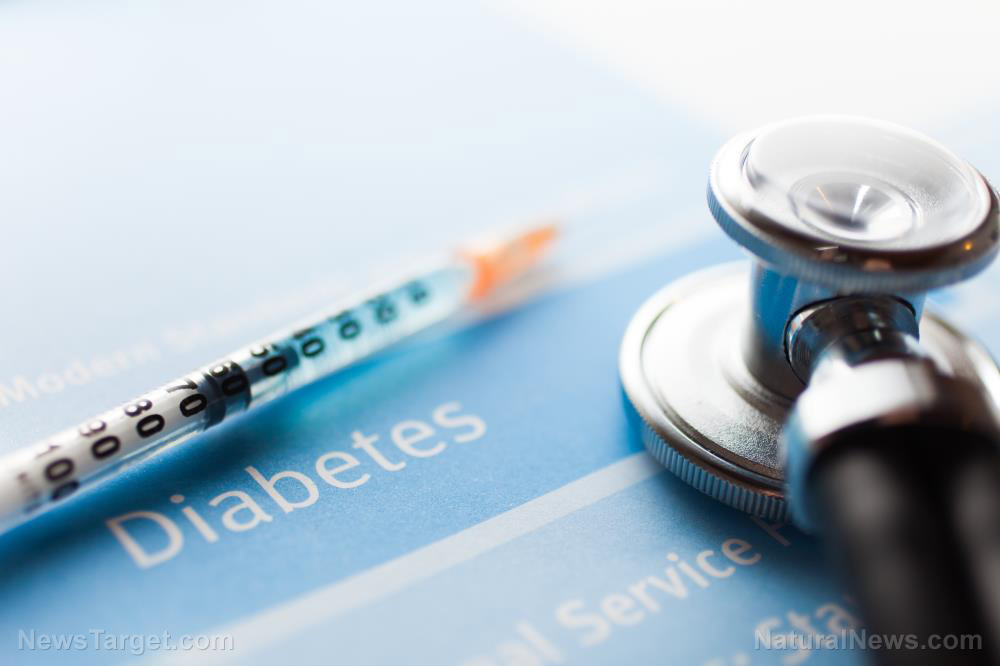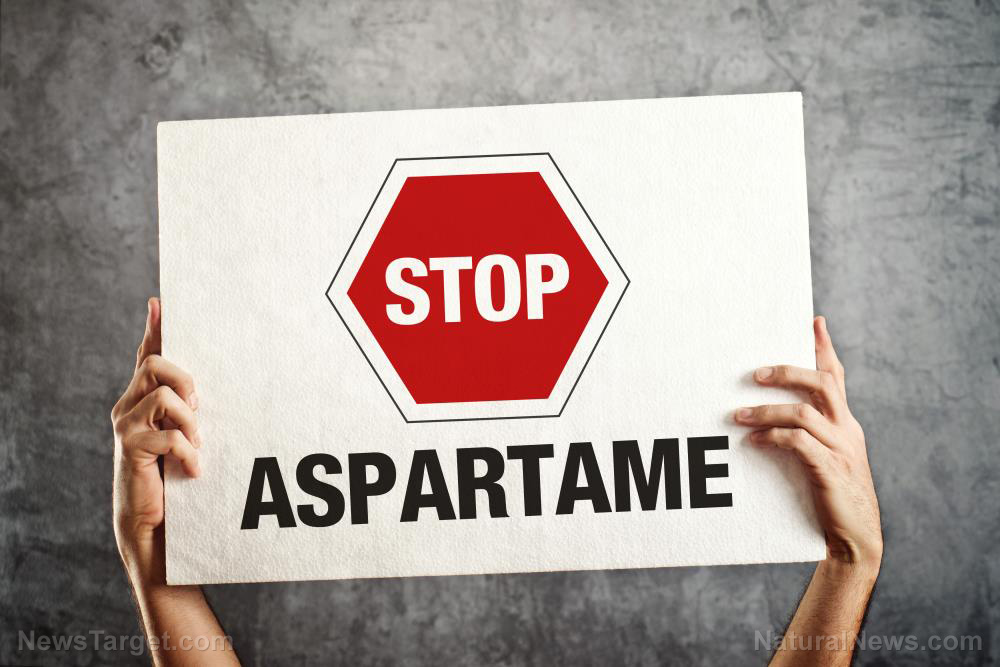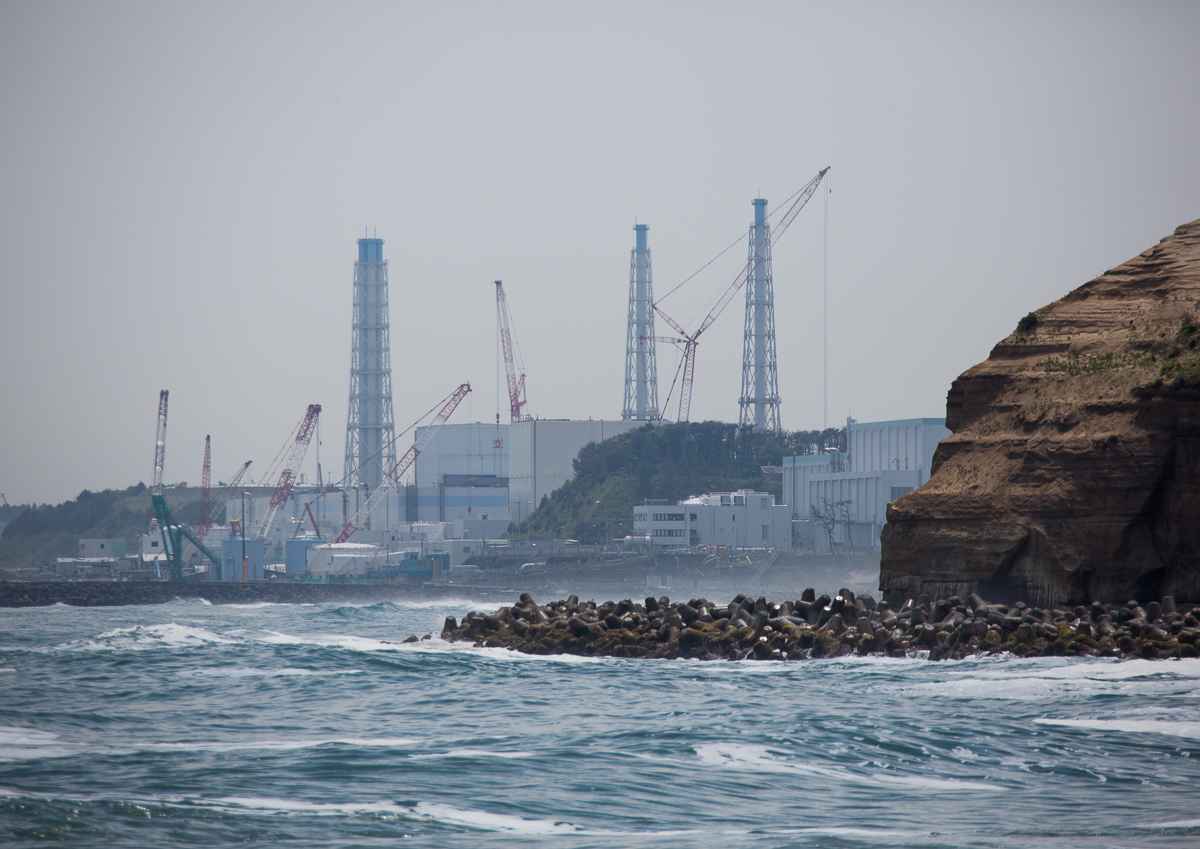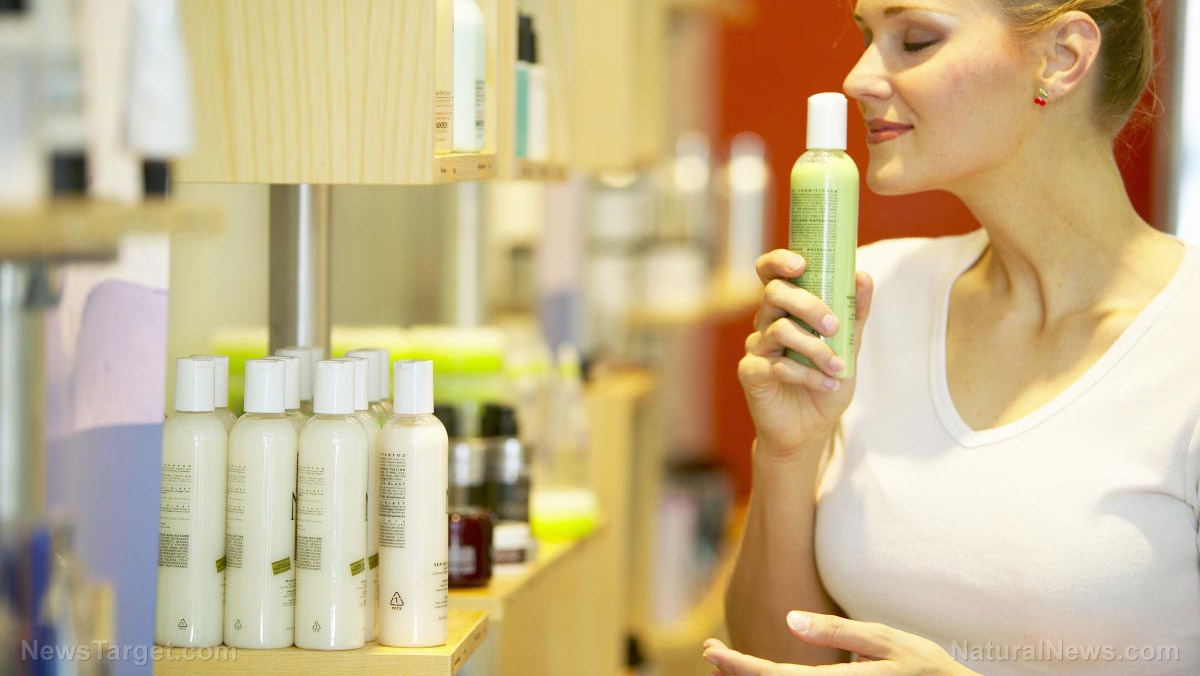N95 COVID masks expose wearers to dangerous levels of toxic, cancer-causing chemicals, NIH study finds
08/31/2023 / By Ethan Huff

Are medical-grade face masks a safer and more effective form of protection than cloth or plastic masks? Nope. In fact, N95 masks are highly toxic, a new study out of South Korea has found.
Researchers from Jeonbuk National University evaluated two different types of disposable medical-grade masks, as well as numerous reusable cotton masks. They ultimately determined that medical-grade masks are extra dangerous.
It turns out that N95s release eight times the recommended safety limit of highly toxic volatile organic compounds (TVOCs). TVOC exposure is linked to headaches and nausea in the short term, and cancer and organ damage in the long term.
“It is clear that particular attention must be paid to the VOCs associated with the use of KF94 [medical] masks their effects on human health,” the researchers wrote.
(Related: Research out of Yale University found that wearing an N95 mask does absolutely nothing to stop the spread of COVID.)
NIH issues disclaimer that it doesn’t endorse study’s findings
A small amount of risk reduction can occur if a person first allows an N95 or other medical-grade mask to sit open for at least 30 minutes before placing it on the face. Still, there is going to be some level of chemical leaching that takes place.
The paper was published in the journal Ecotoxicology and Environmental Safety and appears on the website of the National Institute of Health (NIH), though the agency says it does not support its findings.
“Inclusion in an NLM database does not imply endorsement of, or agreement with, the contents by NLM or the National Institutes of Health,” the NIH said in a statement.
Other than restricting oxygen intake, cloth masks made of cotton were found to be the safest type of mask in terms of releasing TVOCs or other chemicals. Researchers did not evaluate how cloth masks actually affect people who wear them, though.
Dr. Stuart Fischer, an internal medicine physician in New York, further confirmed that “there seems to be diminishing returns on the need for masks” in the first place, which hopefully implies that there will never again be universal mask mandates.
Other offending masks in the lineup besides N95 include KFAD and KF94 models, which are made of thermoplastics polypropylene and polyurethane nylon. These models are more popular in South Korea and other Asian countries than in the United States.
The Environmental Protection Agency (EPA) recommends that TVOC levels in indoor air no exceed 0.5 parts per million (ppm). The worst disposable masks contained 14 times more TVOCs than the cloth masks, releasing the equivalent of about 4.8 ppm.
The American Lung Association (ALA) warns that TVOCs can irritate the eyes, nose, and throat, and impair breathing while triggering nausea. TVOCs can also damage the central nervous system, the liver and other organs.
The Cochrane Institute conducted its own research on masks, finding that there is “little to no difference” in COVID transmission rates between people who wear a mask and people who do not – so why wear one?
“It is indeed possible that certain masks have side effects, just as certain helpful medications (anti-histamines, psychotropic drugs, antibiotics) have side effects,” Dr. Fischer said, trying to still give credit to masks as maybe being okay in some circumstances.
“Extreme fears about the lethality of COVID may have led to decisions that were counterproductive. COVID won’t be going away for a long time, if ever. We desperately need policies that do not fracture our society while providing minimal protection.”
If they try to force you back into a mask, ask them if they plan to pay for your future cancer treatments – learn more at BadMedicine.news.
Sources for this article include:
Submit a correction >>
Tagged Under:
cancer criminals, Carcinogenic, COVID, face mask, health freedom, health science, mask, N95, NIH, pandemic, products, real investigations, research, seizures, toxic chemicals, toxic ingredients, toxins, truth
This article may contain statements that reflect the opinion of the author
RECENT NEWS & ARTICLES
COPYRIGHT © 2017 CANCER CAUSES NEWS

